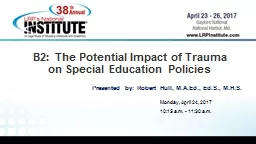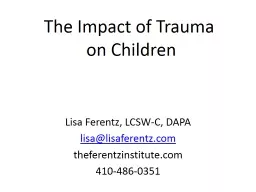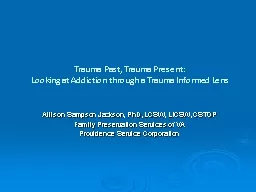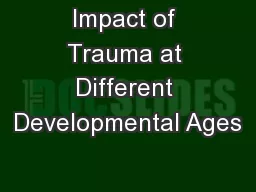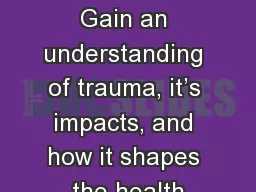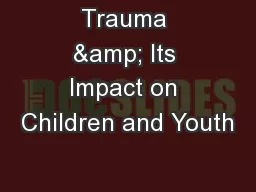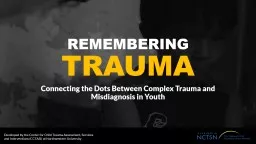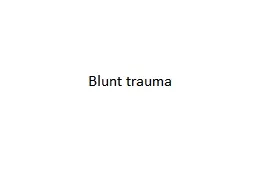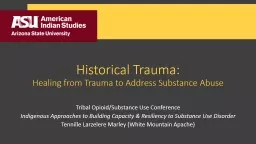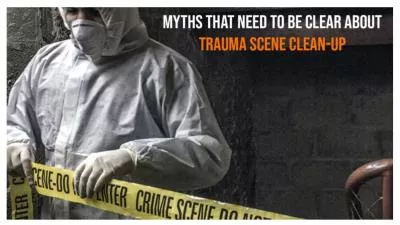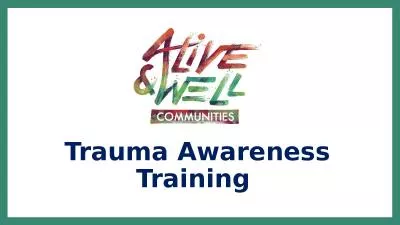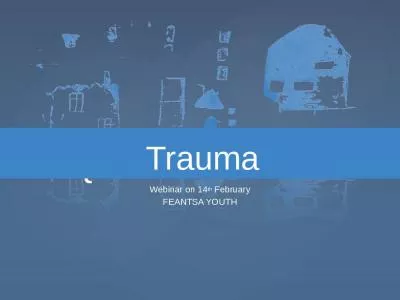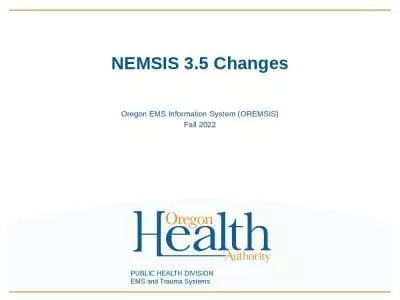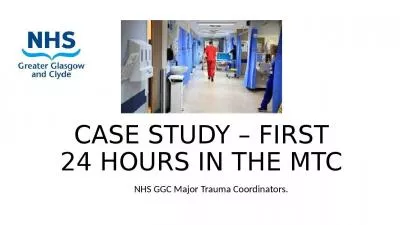PPT-B2: The Potential Impact of Trauma
Author : yoshiko-marsland | Published Date : 2017-12-19
on Special Education Policies Presented by Robert Hull MAEd EdS MHS Monday April 24 2017 1015 am 1130 am Objectives Review recent updates on Compton Calif classaction
Presentation Embed Code
Download Presentation
Download Presentation The PPT/PDF document "B2: The Potential Impact of Trauma" is the property of its rightful owner. Permission is granted to download and print the materials on this website for personal, non-commercial use only, and to display it on your personal computer provided you do not modify the materials and that you retain all copyright notices contained in the materials. By downloading content from our website, you accept the terms of this agreement.
B2: The Potential Impact of Trauma: Transcript
Download Rules Of Document
"B2: The Potential Impact of Trauma"The content belongs to its owner. You may download and print it for personal use, without modification, and keep all copyright notices. By downloading, you agree to these terms.
Related Documents

